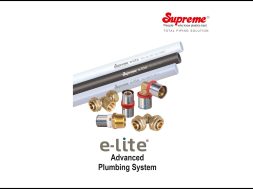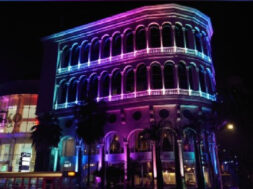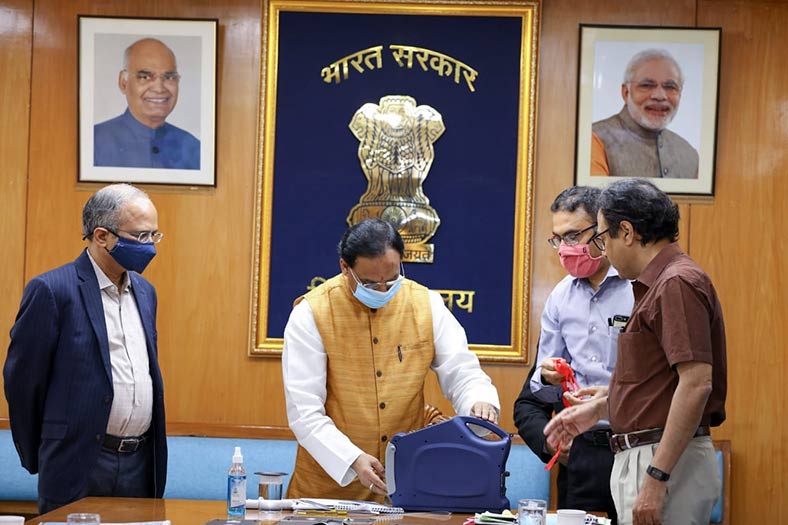Cast in Place Technology
Buildings that use metal forms for cast-in-place structures provide a higher level of performance with greater durability and seismic tolerance compared to traditional brick and mortar construction
Like with most things, prices of all raw materials, land and everything allied with the term ‘Real Estate’ is on the way up. Same goes for the people’s expectations. In a country where there is a deficit of housing in the 20 million plus range, construction needs to catch up to the need.
Cast in place technology or ‘Form Technology’ allows projects to be completed in a time frame which India needs. Countries like Dubai, China and the Middle East have realised this and thus Dubai for e.g. has up to 40 per cent of use of this technology. It saves numerous man hours, its better in final output than the traditional brick system and most importantly it saves time thus negating (to an extent) the continuous price rise of the raw materials. Additionally the buyers now do not have to wait for 3 – 4 years for their homes to be built.
Cast in place or forms are pre-fabricated and engineered modules of shuttering panels with a metal frame and thin contact surface, such as aluminium or steel. A series of forms are joined together edge-to-edge and spaced in parallel with a second series of forms. As per the structural design, steel reinforcement is placed inside the forms. Wet concrete is poured in this space to make walls, floors and ceilings. After the concrete within the formwork strengthens, the formwork can be dismantled. On removal of the formwork, a high quality monolithic concrete structure with accurate tolerances and verticality is produced. The superior (machined) tolerance of the forms gets reflected on the finishes. This means that no further plastering (external or internal) is required.
Furthermore, buildings that use metal forms for cast-in-place structures provide a higher level of performance with greater durability and seismic tolerance compared to traditional brick and mortar construction. In India, metal forming systems are being used only for very expensive apartments.
After reviewing different forming technologies aluminium forms are seen to be ideal. Aluminium forms have many advantages: High speed of construction, high strength (concrete pressures of 60-85 kN/sq. metres), quality of finish and durability. Weights of standard forms are a little over 30 kgs, allowing for ease of handling. Wastage of material with aluminium forming is low. With about 8 per cent of the earth’s crust consist of aluminium; it is one of the few metals in which the availability of raw materials is literally unlimited. What’s more, aluminium can be recycled repeatedly for the same uses, without losing its unique properties. Besides, recycling requires only 5 per cent of the original energy input (and CO2 emission).
Then there is implementation of BIM (building information modelling), in which the design is rendered in 3D modelling. This aids in the planning process by detecting any clash between the architectural, electrical, plumbing and structural design, in the pre-construction stage itself. After reviewing multiple simulations, the optimal model is selected.
Innovation helps to ensure better quality, speedy time frame and cost savings. Mechanisation of the construction process is an area of opportunity where one can establish a systematic approach to handling, transportation, lifting and erection of raw materials, assemblies and pre-manufactured components, as well as placing of concrete, cleaning and storing of materials. Using the right technology makes a big difference and hence it’s important to use the right one!
Alejandro Morales – CCTO (Chief Construction Technology Officer), VBHC
Cookie Consent
We use cookies to personalize your experience. By continuing to visit this website you agree to our Terms & Conditions, Privacy Policy and Cookie Policy.









